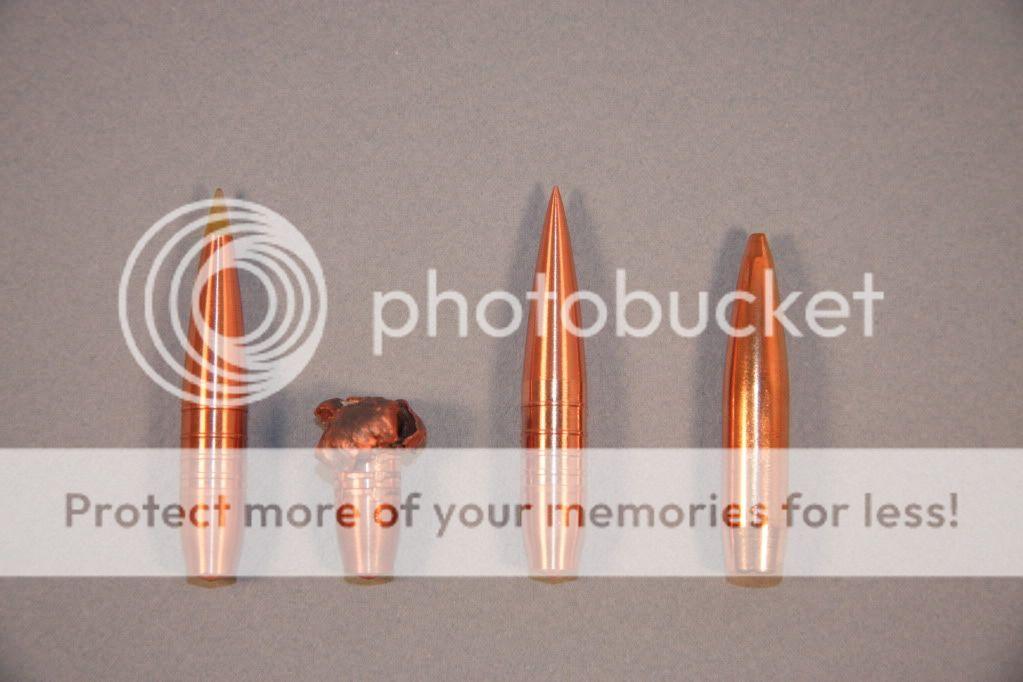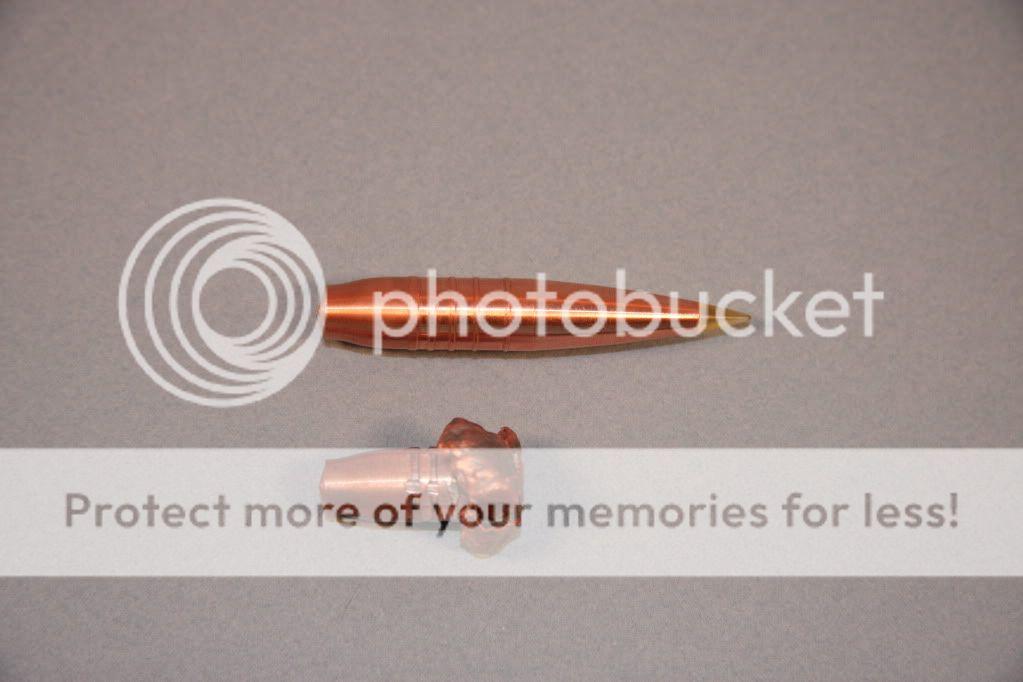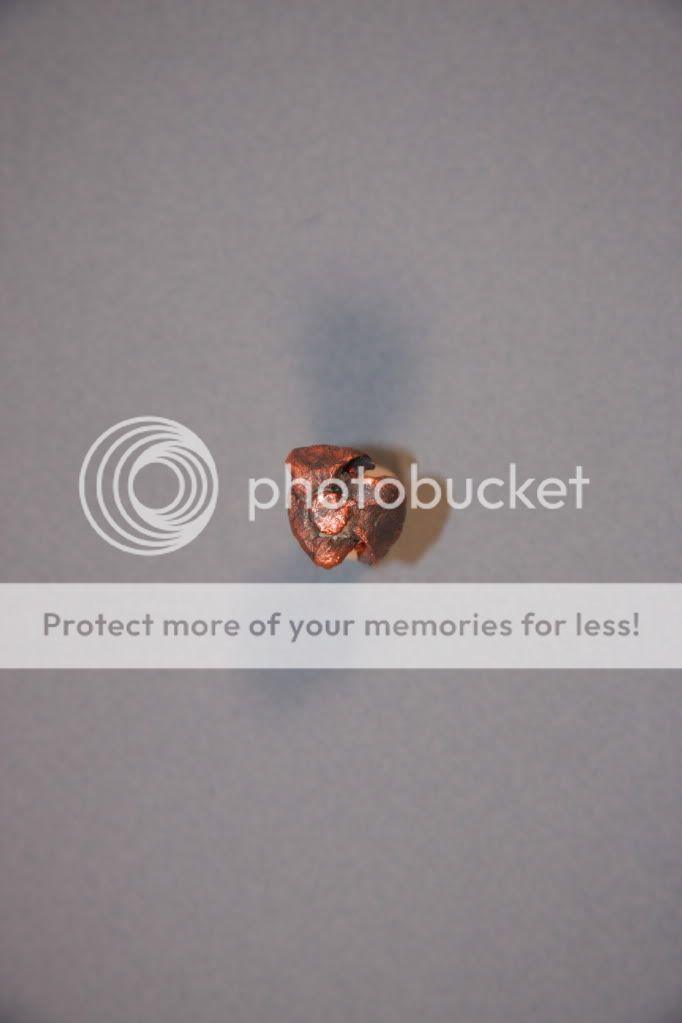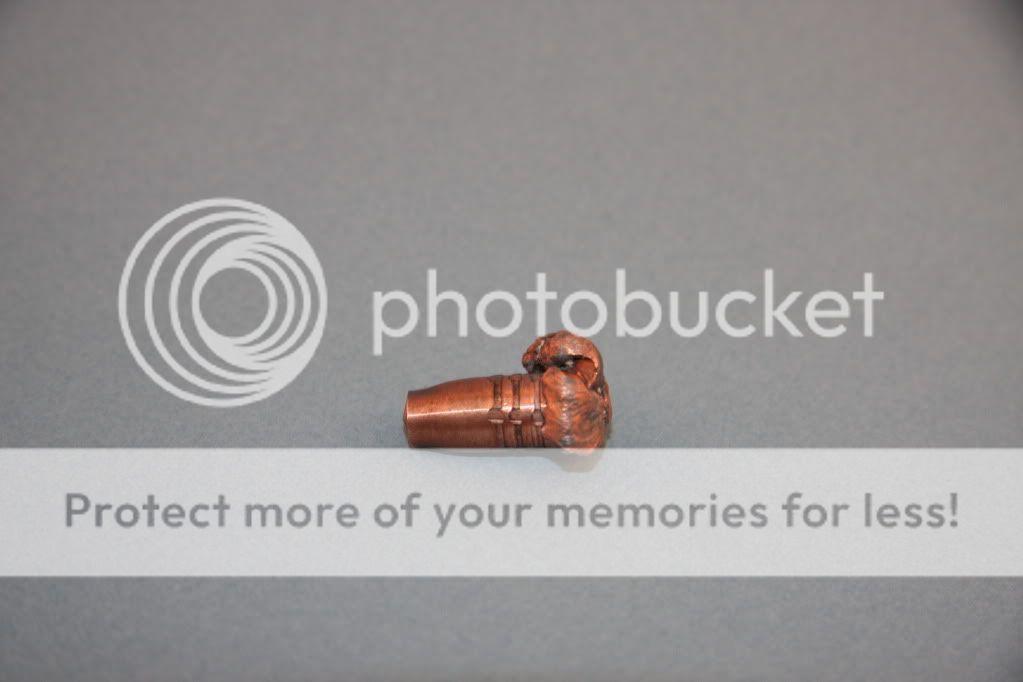This is what I get for thinking I could take Father's Day Weekend off from the forums. I did not expect this thread to be on its 7th page when I got back to it. I'll attempt to catch up.
BigUglyMan,
Several pages ago you posted a response that included the following statement:
It may be sorting gnat **** from pepper, but us blackpowder guys have feelings too! (And for some reason the smilies won't work for me so just know I'm trying to interject some humour, not be a dink!)
My apologies. When I say that solid bullets don't make it to the range on match day I am
referring to center fire matches. I forgot about the many muzzle loaders who shoot competition all over the world. Your point is made and my excluding these shooters was not deliberate but an
oversight.
My limited knowledge of muzzle loading will show itself quickly but don't all or most muzzle loaders use lead? If this is true then it may speak to Bryan's point on this material density consistency. It may also just be an easier material to cast and its density lends itself to better overall performance (forming and shooting).
Noel,
I agree with you that this is hardly a debate. Berger offers a product and you are offering a product. From everything I have read these products are very different. In the end only a rifle will be able to tell us which is better. It may be true that each is better in certain applications.
You suggest that your bullet is not
revolutionary. I disagree because even though
characteristics of your bullet and the system you speak of have been around for a long time they are not available to the shooting public.
Further, based on your report they have only recently been used as a system. This is also revolutionary in shooting since so few developments involve a shooting system.
I look forward to your offering becoming readily available and the resulting improvements to the shooting experience. Based on your performance claims, I should consider myself lucky that you are only offering a 338 cal bullet.
Moving our discussion to this thread was based on my desire to
separate it from the Barnes article conversation. I have no basis on which to debate with you further. My opinion of existing solids has not changed. You do not defend or imply that you want to defend existing solids. I wish you luck in changing these perceptions with your new solid.
To All,
A brief word about bullet failures to perform as expected. (This is a sidebar discussion that was mentioned in other posts on this thread and has nothing to do with my discussions with Noel) We are pursuing this topic because our goal is to enhance the rifle shooting
experience. If we can achieve 100% performance (no bullet has
achieved this) then the rifle shooting experience will be enhanced.
We spent about 5 years solving the "bullet failure to reach the target" result. This is what led to our making the bullets that are part of our Target line with thicker jackets. I mention this because we have proven that we do not ignore such results and will not stop until we find a solution that does not reduce the precision performance of our bullets.
One of the greatest challenges with "hunting bullet failure" is the infrequency of the results. If it were related to the manufacturing process then we would expect more failures within given lots. The reports have been so infrequent that we have not had one lot mentioned twice.
Another tremendous challenge to overcome is the many wide ranging variables that exist in the shooting system and the target. I am not suggesting that every failure is the fault of the shooter but the many variables in the shooting system (which includes the shooter) makes it difficult to zero in on a root cause.
To date, no one who has used factory loaded ammo that comes with the Berger Hunting VLD has reported a failure to perform as expected. It is also true that far fewer animals have been taken with factory loaded ammo using Bergers than those that were hand loaded.
Additionally, when the target is an animal and not a sheet of paper the variables that exist within a population of all the animials shot by our bullets further complicates the analysis. Everything from size, shape, impact location, impact velocity, bullet path, state of the animal and toughness of the animal affects the outcome.
We are committed to enhancing the shooting experience and will publicly discuss our progress on this project. I am not afraid of negative results but am very concerned that we do not dismiss and ignore them like some other brands might.
Regards,
Eric




